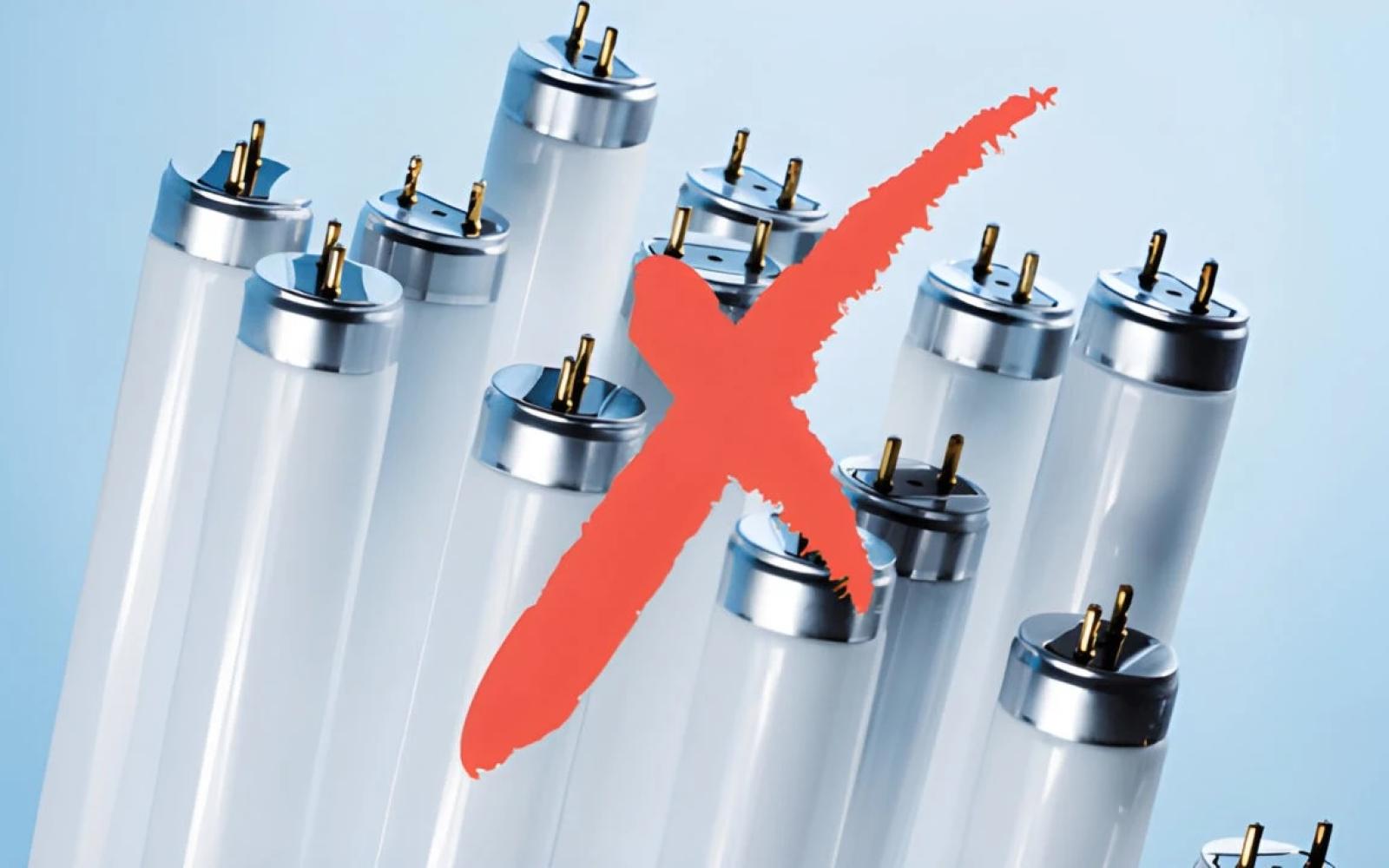Ways that companies can achieve environmentally friendly signage
When we work with companies who are assessing their signage many of the conversations lead to how their signage programs can be more environmentally responsible.
Companies can make their signage more environmentally responsible by adopting sustainable practices and materials in the design, production, and disposal processes. Here are several ways in which companies can achieve environmentally friendly signage:
- Use Sustainable Materials: One of the first considerations that companies should think about is the materials that are being used in their signage. We advise companies to choose materials with certifications such as Forest Stewardship Council (FSC) for wood or recycled content labels. Additionally, companies should ensure that the materials used in signage are recyclable at the end of their life cycle and clearly communicate recycling instructions to encourage proper disposal.
- Avoid Harmful Chemicals: Companies should work with signage manufacturers who select printing inks and coatings that are free from harmful chemicals and volatile organic compounds (VOCs). These manufacturers should also consider water-based or soy-based inks, which have a lower environmental impact compared to traditional petroleum-based inks.
- Implement Energy-Efficient Production: Our prospective customers should consider choosing signage manufacturers that prioritize energy-efficient production processes. It’s important that manufacturers can link energy an production data in order to analyze and optimize energy productivity of their machines, plants & processes. Digital printing also allows customers to have methods that use less energy compared to traditional printing methods.
- Durable Design: Companies should work on designing signage that is durable and long-lasting to reduce the need for frequent replacements. Additionally, they should consider weather-resistant and UV-resistant materials to prolong the lifespan of outdoor signage.
- Modular and Reusable Signage: Companies are consistently making tweaks to their brand. With these changes come alterations that have to be made to their signs. Companies should make a point of creating signage have modular designs that allow for easy updates or changes without discarding the entire sign.
- LED Lighting: Energy-efficient LED lighting should be used for illuminated signage instead of traditional lighting options. LED lights consume less energy and have a longer lifespan, reducing the need for frequent replacements. LED retrofit programs are common and suggested if companies have traditional lights in their facilities.
- Local Sourcing: At Priority, we implement our Encompass Network to make signage closer to our company’s locations. This enables us to source companies and materials locally to reduce transportation-related carbon emissions.
- Educate and Inform: Include educational information on the signage about the eco-friendly materials used and the company’s commitment to sustainability. Companies should use signage as an opportunity to raise awareness about environmental issues and encourage responsible behaviors.
- Take-Back Programs: Implement take-back programs where customers can return old or used signage for recycling or repurposing.
By integrating these practices into the design and production of signage throughout their entire signage program, companies can contribute to environmental sustainability while aligning their brand with eco-conscious values. Additionally, communicating these efforts to customers can enhance the company’s reputation for environmental responsibility.



